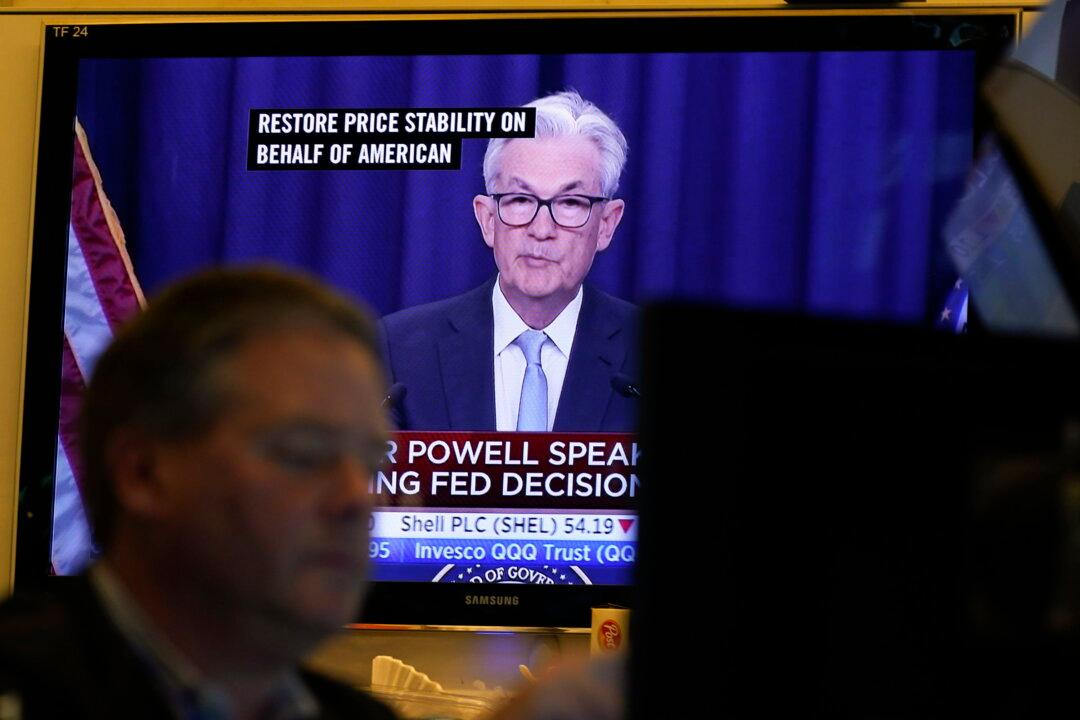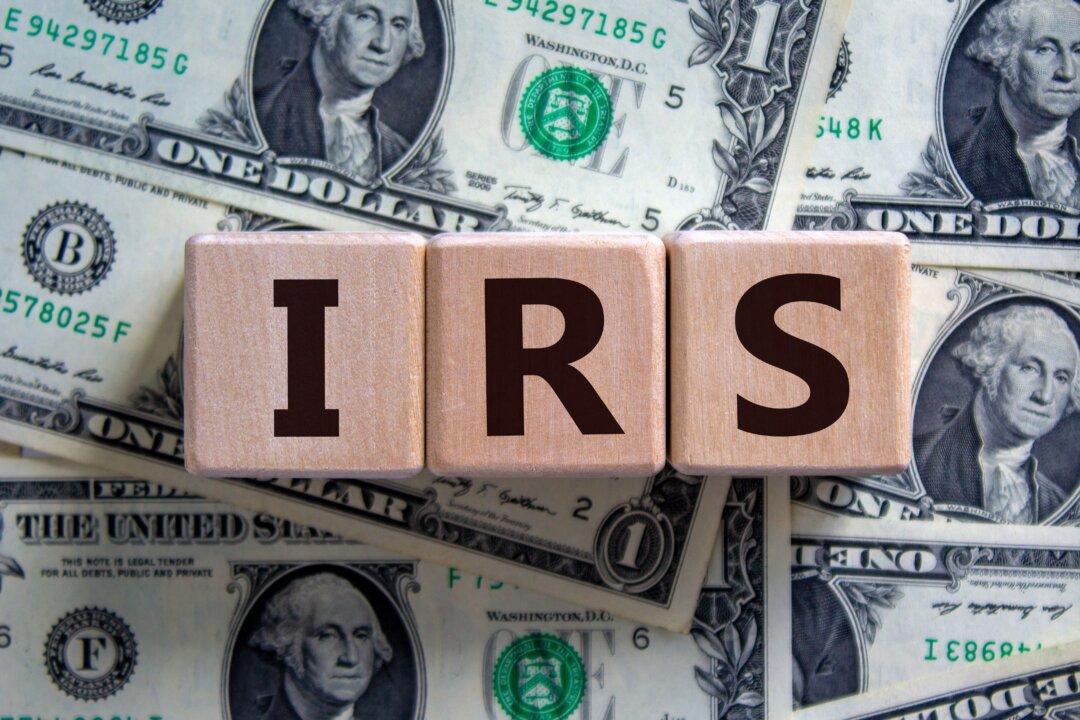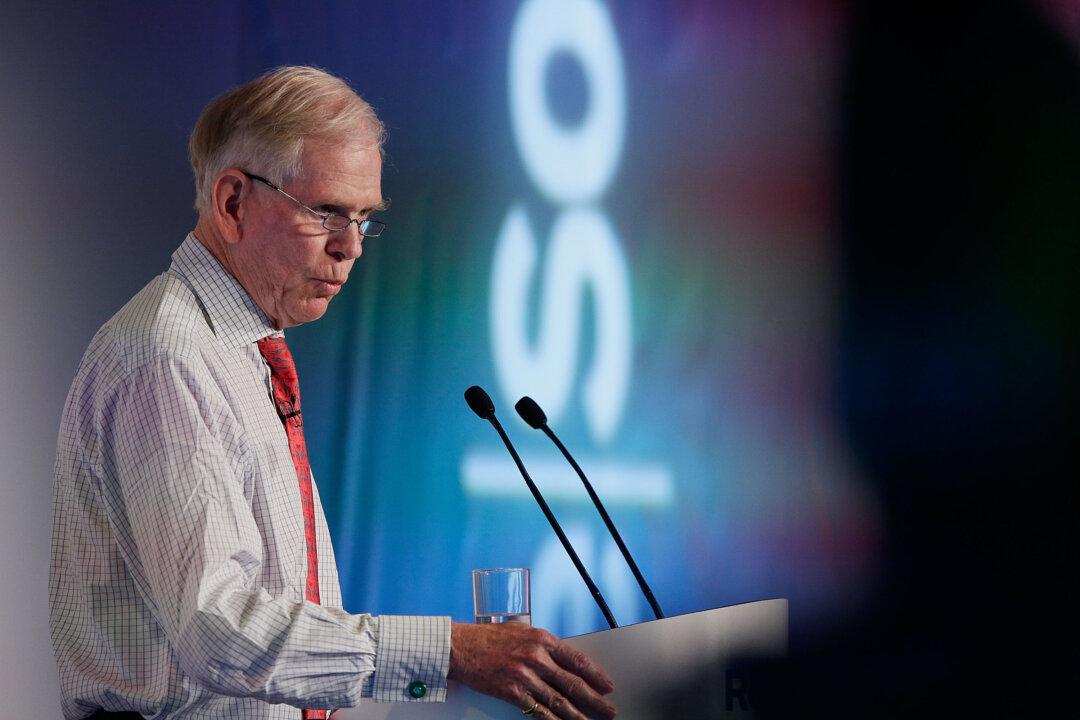As inflation continues to rise and the Federal Reserve attempts to fight the current with rate hikes and quantitative easing, economists have begun to assess the likelihood of a recession at levels only previously seen before the beginning of the Great Recession during the late 2000s, according to new survey data.
Economists surveyed by the Wall Street Journal in June assigned a 44 percent chance of a recession occurring within the next 12 months, a sharp increase from the most recent round of the same survey last April, in which economists only saw a 28 percent probability of a recession. The number has risen even more drastically since the prior survey in January, in which economists assessed the risk of a 2022 recession at only 18 percent.





